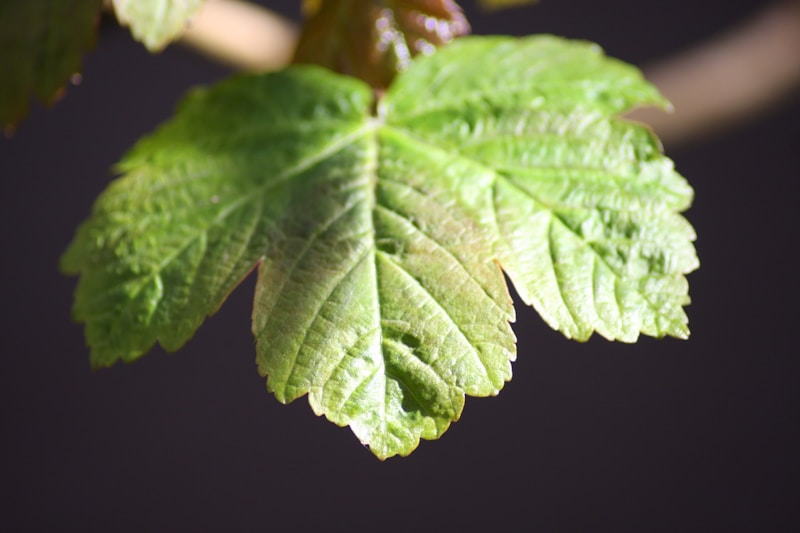12 Questions
What is the significance of pollination in plant reproduction?
It enables the fusion of sperm and egg cells.
Which of the following is NOT a common pollinator for plants?
Earthworms
What is the first visible part to emerge during germination?
Radicle (root)
How does wind contribute to pollination in plants?
By carrying pollen from one flower to another.
Which process directly follows fertilization in plant reproduction?
Germination
What is the key role of the stigma in pollination?
Transfer of pollen.
What is the purpose of seed dispersal for plants?
To ensure the survival of the species
What is a common strategy for seed dispersal in plants with winged seeds?
By being carried long distances by the wind
In plant reproduction, what develops into an embryo after fertilization?
The fertilized egg
What structures in flowers contain the reproductive organs?
Petals, sepals, stamens, carpels
Which adaptions are used to attract animals for pollination in flowers?
Pigments, scents, and nectar
What is the role of endosperm in plant reproduction?
To nourish the developing plant
Study Notes
Plant Reproduction: A Closer Look at Pollination, Germination, Dispersal, Flowering, and Fertilization
Plants do not have the ability to move or actively seek out mates like animals do. Instead, they rely on a series of intricate events that collectively constitute the process of plant reproduction. We'll delve into the subtopics of pollination, germination, seed dispersal, flowering, and fertilization, to uncover the secrets behind how plants reproduce and ensure the continuation of their species.
Pollination
Pollination is the transfer of pollen, a male reproductive cell, from the anther of a flower to the stigma, a female reproductive structure, of another flower. This process is essential for fertilization to occur, and it is often facilitated by animals known as pollinators, such as bees, butterflies, birds, and bats. Wind and water also play a role in the pollination of some plant species. Pollination is crucial to plant reproduction because it enables the fusion of sperm and egg cells, ultimately leading to the formation of a new seed.
Germination
Germination is the process that follows fertilization, during which a mature seed begins to grow and develop into a new plant. Like a seed buried in the ground, germination involves the absorption of water by the seed, which activates enzymes and triggers growth. Upon germination, the radicle (root) emerges first and then the shoot, leading to the formation of leaves and eventually a mature plant.
Seed Dispersal
After germination, the new plant produces seeds that must be dispersed to new locations to ensure the survival of the species. Plants have evolved various strategies for seed dispersal, including wind, water, and animal-assisted dispersal. For example, some plants have winged seeds that can be carried long distances by the wind, while others produce seeds that are eaten by animals and then excreted in a new location, such as the hard-shelled seeds of burdock or the sticky fruit of fig trees.
Flowering
Flowering is a critical stage in plant reproduction where individual plants develop flowers to attract pollinators. Flowers consist of structures that contain reproductive organs, such as the petals, sepals, stamens, and carpels. The presence of pigments, scents, and nectar are adaptations to attract animals, primarily insects, to facilitate pollination. In some plants, hermaphroditic flowers contain both male and female reproductive organs.
Fertilization
Fertilization is the union of the male gamete (pollen) with the female gamete (egg) within the ovule (a structure within the carpel). The fertilized egg then develops into an embryo, and the surrounding tissues form the endosperm, a nutritious storage tissue that nourishes the developing plant. Fertilization occurs within the ovule, which eventually develops into a seed.
In conclusion, plant reproduction is a complex process involving multiple stages and adaptations, from pollination to germination, seed dispersal, flowering, and fertilization. These processes have evolved to ensure the survival of plant species and provide a constant supply of food and resources for both humans and other organisms. Understanding these subtopics of plant reproduction provides us with valuable insights into the ecological relationships between plants and other organisms in nature.
Explore the intricate processes of plant reproduction including pollination, germination, seed dispersal, flowering, and fertilization. Learn how plants ensure the continuation of their species through these vital stages.
Make Your Own Quizzes and Flashcards
Convert your notes into interactive study material.



